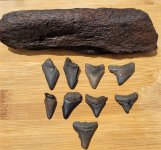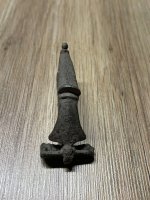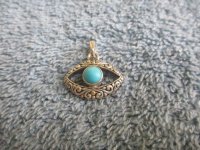Texasguy24
Greenie
- Mar 15, 2010
- 11
- 0
- Detector(s) used
- Minelab E-TRAC, Minelab GPX-4500, Minelab Excalibur II, Vipir
I was curious if anyone has ever found any spanish coins on the South Padre islands in Texas left by the 1554 shipwrecks? If so let me know your story...
Thanks everyone, Kevin
Thanks everyone, Kevin









